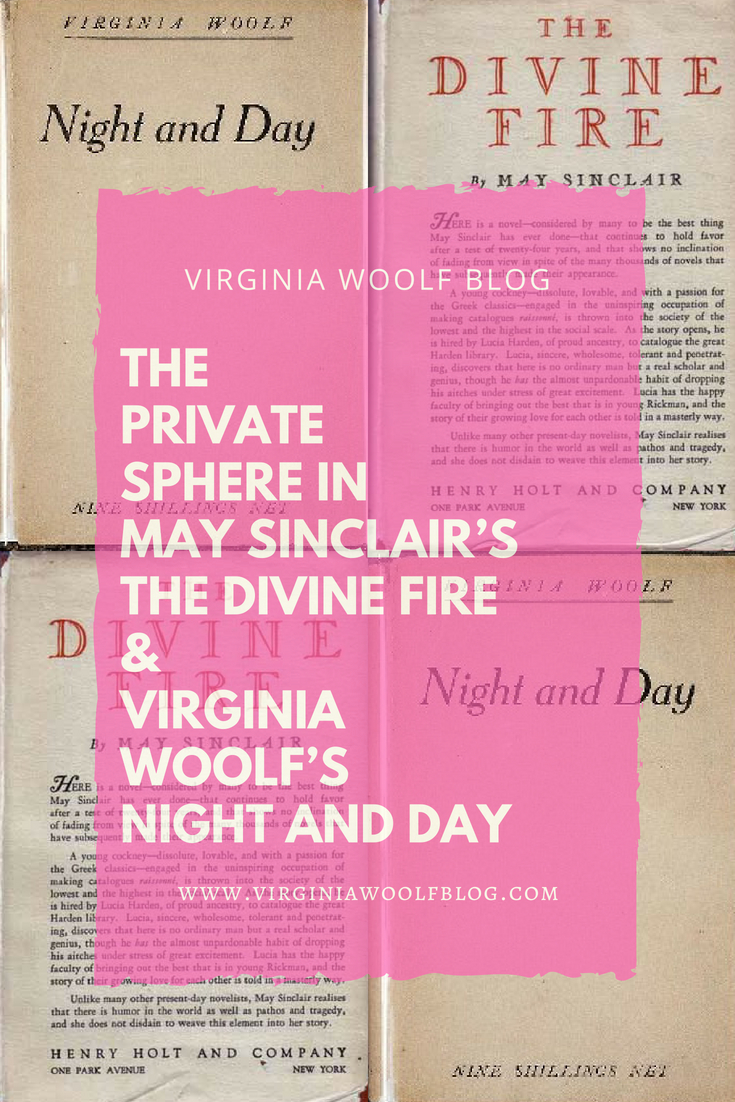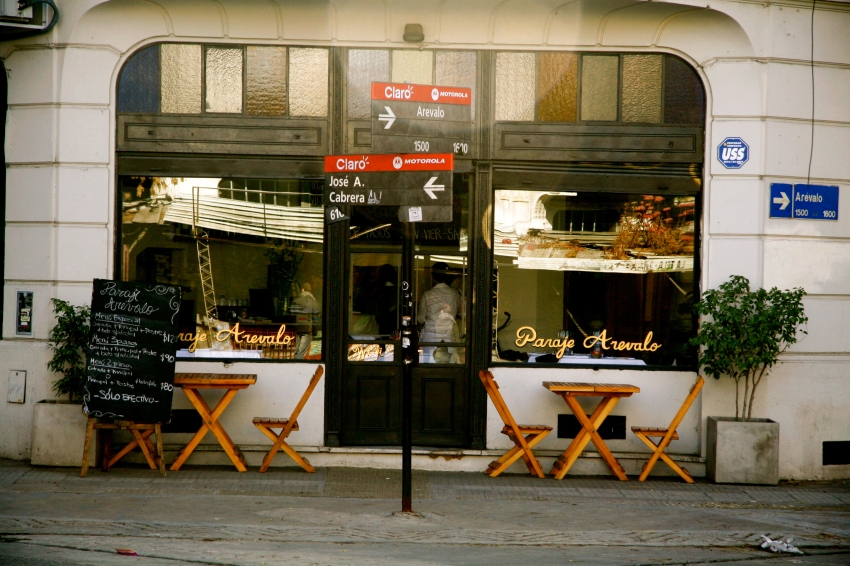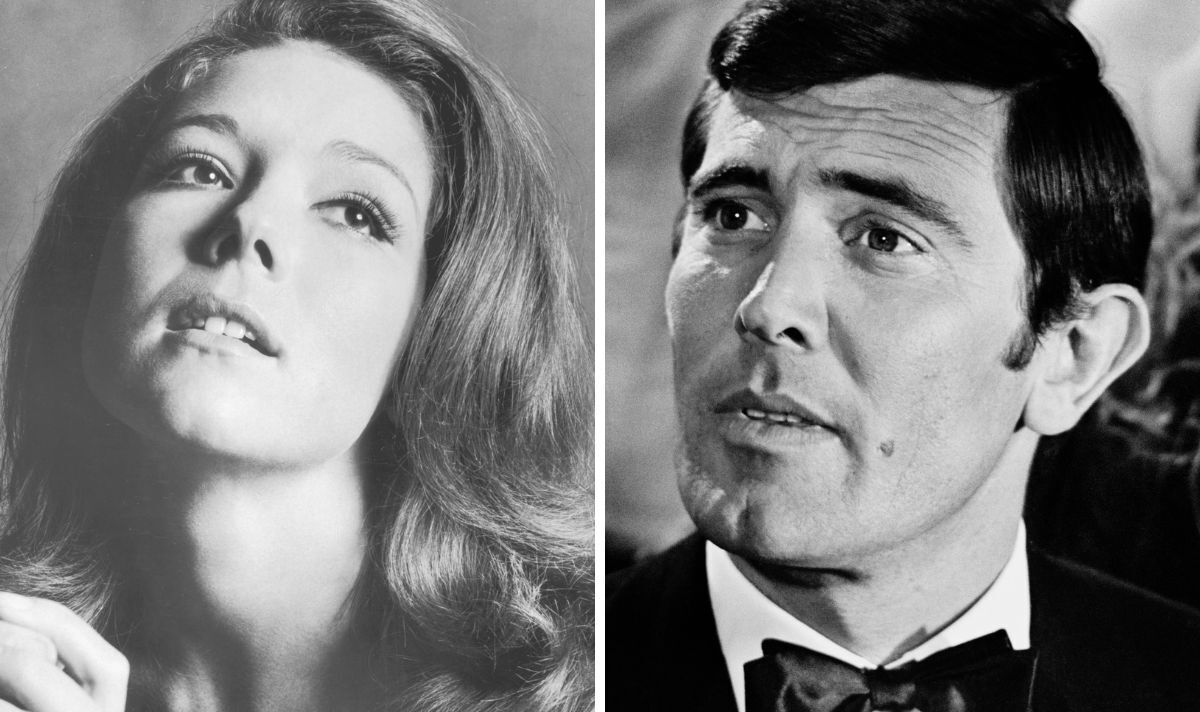
During her lifetime, Virginia Woolf wrote over 10 novels and numerous non-fiction books that forever changed the landscape of modern literature.
Although Virginia’s earlier books were often met with sharp criticism and poor sales, many of her later books were well-received and quickly became best-sellers.
Virginia’s literary reputation suffered a brief decline after World War II, yet she regained popularity in the 1970s when the second wave of feminism brought her work to the forefront once again. She has since remained one of the most popular British writers of the 20th century and Woolf’s books are not only still in print but are still big sellers.
Here is a list of Virginia Woolf’s current best-selling books accompanied by their original literary reviews:
♠ Mrs. Dalloway: “Among Mrs. Woolf’s contemporaries, there are not a few who have brought to the traditional forms of fiction, and the stated modes of writing, idioms which cannot but enlarge the resources of speech and the uses of narrative. Virginia Woolf is almost alone, however, in the intricate yet clear art of her composition. Clarissa’s day, the impressions she gives and receives, the memories and recognitions which stir in her, the events which are initiated remotely and engineered almost to touching distance of the impervious Clarissa, capture in a definitive matrix the drift of thought and feeling in a period, the point of view of a class, and seem almost to indicate the strength and weakness of an entire civilization.” – The New York Times, May 1925
♠ To The Lighthouse: “It is, I think, in the superb interlude called ‘Time Passes’ that Mrs. Woolf reaches the most impressive height of the book, and there one can find a new note in her work, something beyond the ironic sophistication and civilized human values of ‘Mrs. Dalloway.’ In this description of the unused house in the Hebrides, entered for ten years only by old and forlorn women caretakers and the wind and the sea air and the light of the lighthouse lamp, she has told the story of all life passing on, of change and destruction and solitude and waste–the story which more than a little embodies the plot action of the rest of the book, but above all the story which has for man the profoundest human values of all, though for ten years the house itself never received a human guest. The great beauty of these eighteen pages of prose carries in it an emotional and ironical undertone that is superior to anything else that the first-class technician, the expert stylist, the deft student of human life in Mrs. Woolf ever has done. Here in prose of extraordinary distinction in our time: here is poetry” – The New York Times, May 1927
♠ A Room of One’s Own: “Thus Mrs. Woolf has traced the position of the woman writer through the centuries, wittily finishing it off with contrasting pictures of men’s lives and women’s lives even today. We have summarized baldly, whereas Mrs. Woolf speaks for her sex with as much fancy as logic, as much wit as knowledge, and with the imagination of a true novelist. And she speaks for it well. Moreover, she escapes from an attitude of conventional feminism by really arguing in this book not for women but for artists. For, of course, all artists, whatever their sex, need, 500 pounds a year an a room on their own. It is only because women have had them so much less frequently than men that a special plea for them has a special force.” – The New York Times, November 1929
♠ Orlando: “In the closing pages of the novel Mrs. Woolf welds into a compact whole what had seemed to be a series of loosely connected episodes. In them she seems to reach down through the whole superstructure of life and to lay bare a new, or at least a hitherto unperceived, arrangement of those ephemeral flashes of memory of perception that go to make up consciousness. Throughout the ages people have remarked that time, under certain circumstances, seems much longer than under certain other circumstances. Mrs. Woolf presents concrete proof that this is not merely an impression, but a fact, by showing of what time, not as a mechanical, but as a human element, consists. She has carried the “stream of consciousness” technique a step further; she has not been satisfied to present a succession of thoughts and sensations passing through the mind; she shows what is behind those thoughts and sensations, whence they spring, and how great their relative value.” – The New York Times, October 1928
♠ Three Guineas: “Woolf’s goal [in Three Guineas] is not merely freedom and equality for race and sex and people, it is human civilization, a civilization which must be better, sounder, and surer than we know.” – The New York Times
♠ The Waves: “But this existence is formal only, and the real reason why ‘The Waves’ comes close, as a novel, to going out of bounds is that its true interests are those of poetry. Mrs. Woolf has not only passed up superficial reality; she has also passed up psychological reality. She is not really concerned in ‘The Waves’ with people, she is hardly concerned in the prosaic sense with humanity: she is only concerned with the symbols, the poetic symbols, of life–the changing seasons, day and night, bread and wine, fire and cold, time and space, birth and death and change. These things treated separately, as facts, are indeed the stuff of a novel; but treated collectively, as symbols, they are the stuff of poetry. In spirit, in language, in effect ‘The Waves’ is–not a poetic novel but a poem, a kind of symphonic poem with themes and thematic development, in prose;” – The New York Times, October 1931
♠ Between the Acts: “As in most of her novels, the cream of ‘Between the Acts’ lies between the lines–in the haunting overtones. And the best of the show–the part one really cares about–happens between the acts and immediately before the pageant begins and just after it is over. So the play is not really the thing at all. It is merely the focal point, the hub of the wheel, the peg on which to hang the bright ribbons and dark cords of the author’s super sensitive perceptions and illuminated knowledge. It is in her imagery, in her felicitous gift for metaphor, for cadence, for exciting association, in her ‘powers of absorption and distillation’ that her special genius lies. She culls exotic flowers in the half-light of her private mysticism along with common earthgrown varieties and distills them into new essences. Her most interesting characters move in an ambiente of intuition. With half a glance they regard their fellow-mortals and know their hidden failures. They care less for the tangible, the wrought stone, than for fleeting thought or quick desire.” – The New York Times, October 1941
♠ Flush: A Biography: “In her efforts, sometimes agonized, to get at the hidden core, the inner springs, of life, Mrs. Woolf must often have felt the inadequacy of mere words. And in ‘Flush,’ which is a brilliant biographical tour de force that brings the cocker spaniel of Elizabeth Barrett Browning to life, she confesses as much. In seeking to record the states of consciousness of a dog, Mrs. Woolf is more successful, it seems to us, than she ever was at adumbration of the psychic life of human beings.” – The New York Times, October 1933
♠ The Years: “Rather this is a long-drawn-out lyricism in the form of a novel, with flying buttresses to sustain its airy and often absent-minded inspirations. There is the minimum of substructure. But there is everywhere, on one lovely page after another, a kind of writing which reveals a kind of feeling that is more illuminating than a dozen well-made and documented novels. Mrs. Woolf has made, or unmade, her novel in the form of a poem or a piece of music.” – The New York Times, April 1937

Sources:
New York Times; Virginia Woolf’s Richest Novel; Peter Monro Jack; April 11 1937: http://www.nytimes.com/books/97/06/08/reviews/woolf-years.html
New York Times; Books of the Times; John Chamberlain; October 5 1933: http://www.nytimes.com/books/00/12/17/specials/woolf-flush.html
New York Times; Mrs. Woolf Explores the Time Element in Human Relationships; Cleveland B. Chase; October 21 1928: http://www.nytimes.com/books/97/06/08/reviews/woolf-orlando.html
New York Times; Virginia Woolf Discusses Women and Fiction; Louis Kronenberger; November 10 1929: http://www.nytimes.com/books/00/12/17/specials/woolf-room.html
New York Times; Poetic Brilliance in New Novel by Mrs. Woolf; Louis Kronenberger; October 25 1931: http://www.nytimes.com/books/97/06/08/reviews/woolf-waves.html
New York Times; The Perfect Hostess; John W. Crawford; May 1925: http://www.nytimes.com/books/97/06/08/reviews/woolf-dalloway.html
New York Times; The Genius of Virginia Woolf; October 5 1941; Hudson Strode: http://www.nytimes.com/books/97/06/08/reviews/woolf-acts.html
New York Times; Virginia Woolf Explores an English Country Home; Louis Kronenberger; May 1927: http://www.nytimes.com/books/97/06/08/reviews/woolf-lighthouse.html
University of Alabama: Contemporary Reviews of To The Lighthouse: http://www.uah.edu/woolf/lighthousecontemprev.html
“Feminism: From Mary Wollstonecraft To Betty Friedan”; Bhaskar A. Shukla; 2007








